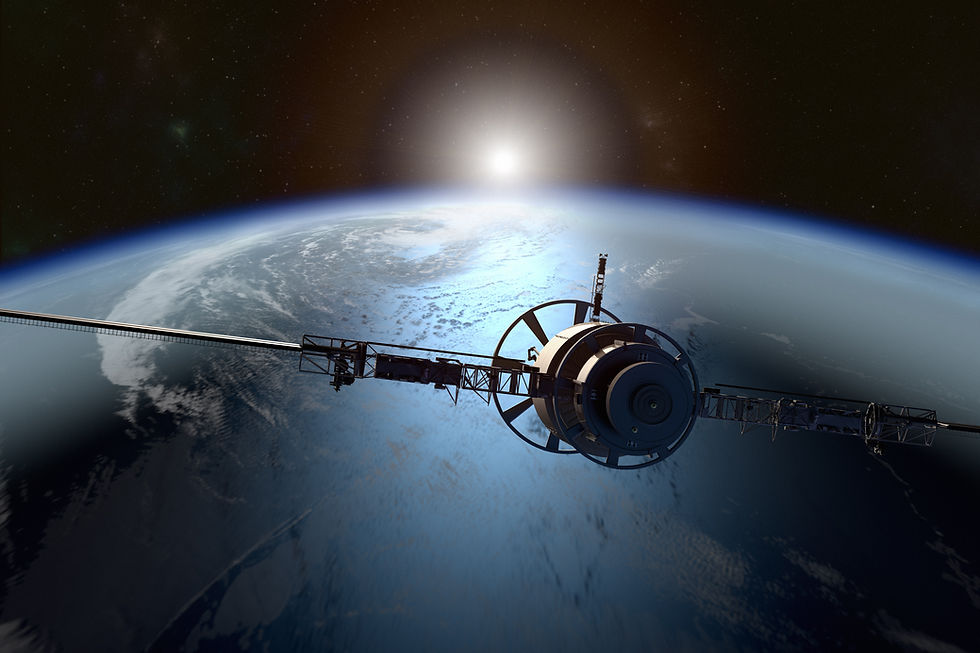5G: Exploring Millimeter Wavelength
- acceleratelabs
- Mar 11, 2020
- 2 min read
What is Millimeter wavelength?
Millimeter wavelength (mmWW) communication is a high frequency transmission often in the range of 30GHz -300 GHz. Millimeter wavelength provides fast speeds and low latency of signals. It is increasingly being used for 5G communication to provide near real-time experiences.
What was it used for before 5G?
It was often used in military applications.
Why is mmWW interesting?
A variety of new experiences can be enabled by the use of low latency communication. For example, vehicles can comunicate quickly with each other. Mobile devices can stream content from another device. In 5G, in order to facilitate proximate communication over mmWW, we are likely to see a proliferation of small cell base stations. Directional antennas can improve coverage
What are some drawbacks to mmWW?
While the communication may be faster, the range of communication with mmWW is significantly shorter. Signals travel shorter distances and objects can obstruct the signals. Hence, there can be more signal loss in these situations. In certain environments, shorter distances may be sufficient such as in the case of two vehicles proximate vehicles communication peer to peer. Overall some challenges with mmWW include:
Range - only small coverage areas can be utilized making large scale networks challenging and costly
Obstacles and Line of Sight - Due to signal loss, mmWW performs better with line of sight between a base station and an end point.
Power - mmWW has higher power requirements resulting in battery and heat implications.
Traditional Networks - Line of sight can often be more easily configured for fixed position devices such as two base stations with wireless backhaul enabled between the two sites or between a satellite and another devices.
We are developing approaches to enable mmWW more effective and robust in changing network environments and transportation settings.



Comments